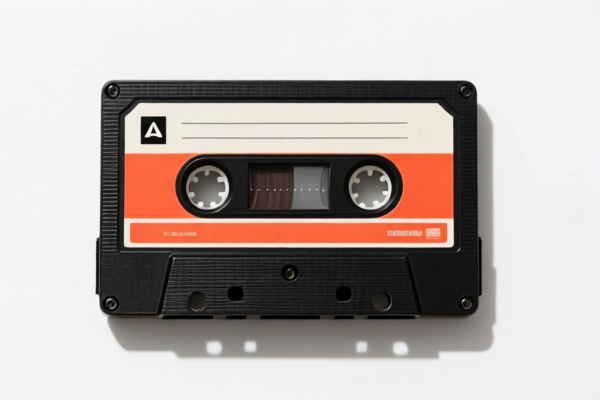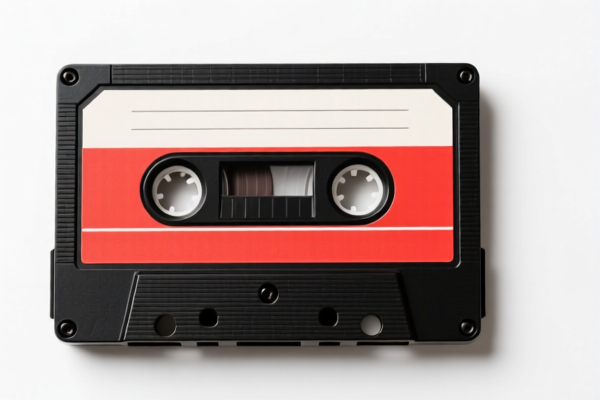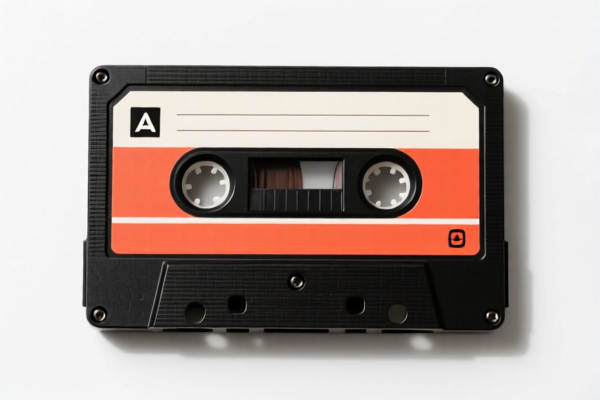| HS Code | Official Doc | Tariff Rate | Origin | Destination | Effective Date |
|---|---|---|---|---|---|
| 8519812500 | Doc | 30.0% | CN | US | 2025-05-12 |
| 8519814110 | Doc | 30.0% | CN | US | 2025-05-12 |
| 8543709860 | Doc | 57.6% | CN | US | 2025-05-12 |
| 9106100000 | Doc | 36¢ each + 5.6% + 2¢/jewel+55.0% | CN | US | 2025-05-12 |
| 9106908500 | Doc | 15¢ each + 2.3% + 0.8¢/jewel+55.0% | CN | US | 2025-05-12 |




Cassette Player Converter
A cassette player converter is a device designed to digitize audio content from cassette tapes, or to allow cassette players to interface with modern audio systems and devices. These converters address the declining availability of dedicated cassette playback equipment and the desire to preserve or share audio stored on analog tapes.
Material
Converters typically incorporate the following materials:
- Housing: Plastic (ABS, Polycarbonate) is common for lightweight and cost-effective construction. Metal housings are found in more robust, higher-end models.
- Electronics: Printed circuit boards (PCBs) containing integrated circuits, resistors, capacitors, and other electronic components.
- Audio Interface: A standard audio jack (3.5mm or RCA) for connecting to cassette players. USB interfaces are standard for connection to computers. Bluetooth modules are increasingly common for wireless transmission.
- Cassette Mechanism: Some converters are complete cassette players, incorporating motors, belts, read/write heads, and other mechanical components. Others require an external cassette player as an input source.
- Power Source: USB power (from a computer), batteries (AAA, AA), or an AC adapter.
Purpose
The primary purpose of a cassette player converter is to:
- Digitize Cassette Tapes: Transfer audio from analog cassette tapes to digital formats (MP3, WAV, FLAC) for storage on computers, smartphones, or other digital media.
- Enable Playback on Modern Systems: Allow playback of cassette tapes through modern audio devices (headphones, speakers, car stereos) that lack built-in cassette players.
- Audio Restoration: Some converters include features for basic audio cleanup, such as noise reduction or equalization.
Function
Converters function by:
- Audio Input: Receiving the analog audio signal from a cassette player via an audio cable (3.5mm or RCA).
- Analog-to-Digital Conversion (ADC): Converting the analog audio signal into a digital format using an ADC chip. The quality of the ADC chip significantly impacts the fidelity of the digitized audio.
- Data Processing: Processing the digital audio data, potentially applying noise reduction or equalization algorithms.
- Data Storage/Transmission: Storing the digital audio data on a computer (via USB connection) or transmitting it wirelessly via Bluetooth. Some converters have built-in SD card slots for direct storage.
Usage Scenarios
- Home Audio Archiving: Digitizing personal cassette collections (music, recordings, interviews).
- Professional Audio Restoration: Converting and restoring audio from older cassette-based recording equipment.
- Car Audio: Playing cassette tapes through car stereos that lack dedicated cassette players (using a converter with Bluetooth or auxiliary input).
- Portable Audio: Playing cassette tapes through headphones or portable speakers (using a converter with a battery power supply).
- Transcription: Converting spoken word tapes to digital format for transcription purposes.
Common Types
- USB Cassette Converters: The most common type, featuring a USB connection for direct transfer to a computer. Often includes audio editing software.
- Bluetooth Cassette Converters: Transmit audio wirelessly via Bluetooth to headphones, speakers, or other Bluetooth-enabled devices.
- Portable Cassette Players with Built-in Converters: Combine a cassette player and a converter into a single, portable device.
- Cassette Adapters: Connect to car stereos or other audio devices with a 3.5mm auxiliary input. These are simpler devices, not true converters, as they do not digitize the audio. They simply adapt the cassette tape signal to a line-level input.
- Professional Audio Converters: High-end devices with superior ADC chips, noise reduction algorithms, and audio editing capabilities, typically used for archival and restoration purposes. These may feature XLR inputs and outputs.
Based on the provided information, the declared goods, “cassette player converter,” can be classified under the following HS codes:
-
8519812500: This HS code falls under Chapter 85 – Sound recording or reproducing apparatus. Specifically, it covers Other apparatus using magnetic, optical or semiconductor media for Sound reproducing only – Cassette-type tape players – Other. The total tax rate is 30.0%, comprising a base tariff of 0.0%, no additional tariff, and a 30% additional tariff effective after April 2, 2025.
-
8519814110: This HS code also falls under Chapter 85 – Sound recording or reproducing apparatus. It covers Other apparatus using magnetic, optical or semiconductor media – Magnetic tape recorders incorporating sound reproducing apparatus. The total tax rate is 30.0%, with a base tariff of 0.0%, no additional tariff, and a 30% additional tariff effective after April 2, 2025.
According to the provided reference material, the HS code options related to 'cassette player converter' are limited, with only the following 2 found.
It is important to note that for both HS codes, a 30% additional tariff will be applied after April 2, 2025.
Customer Reviews
No reviews yet.